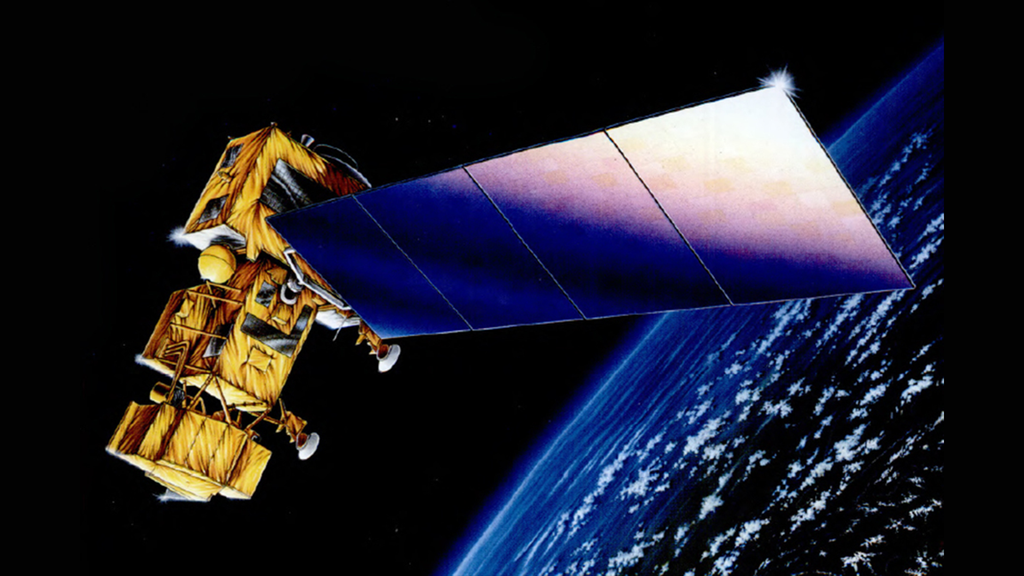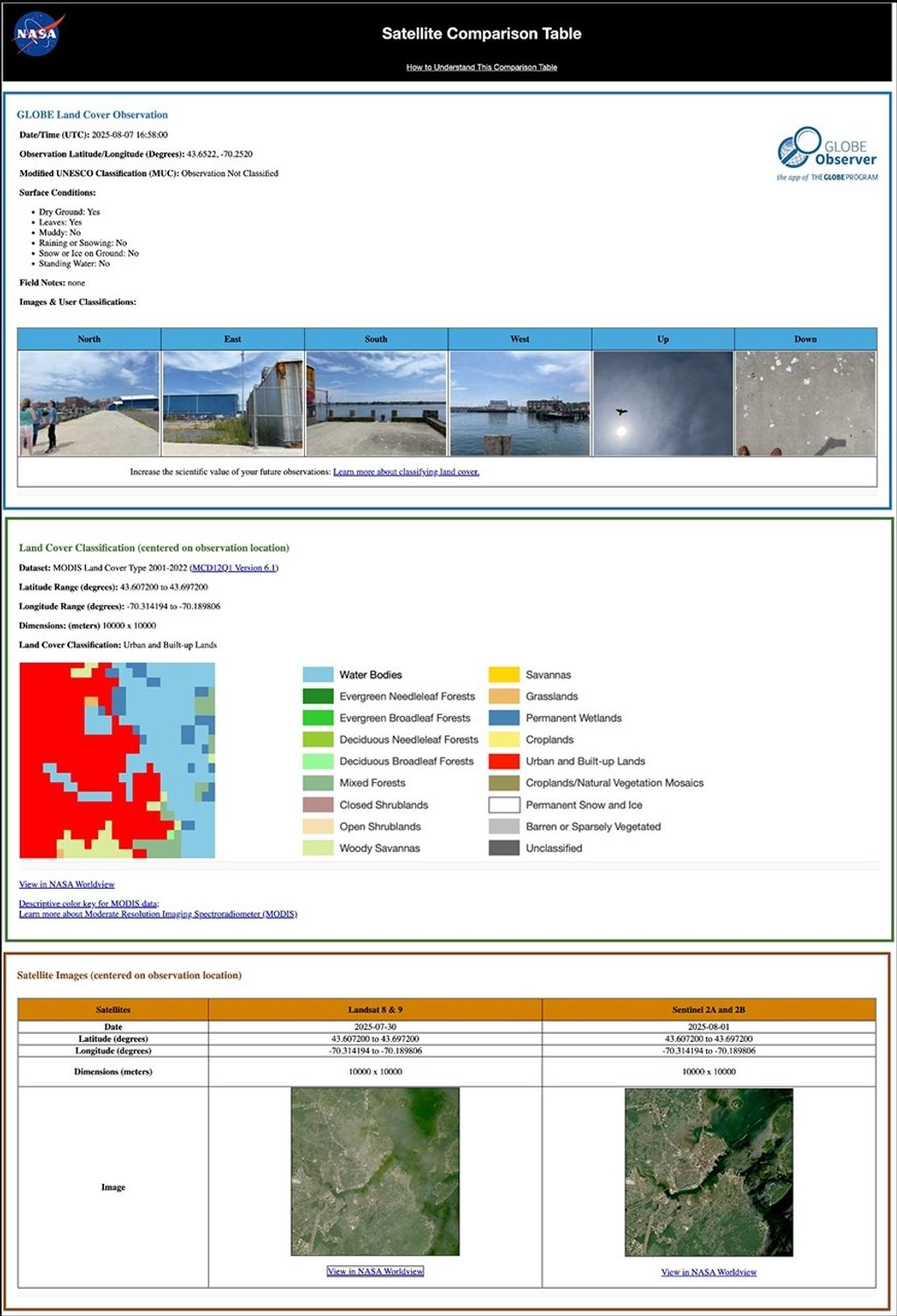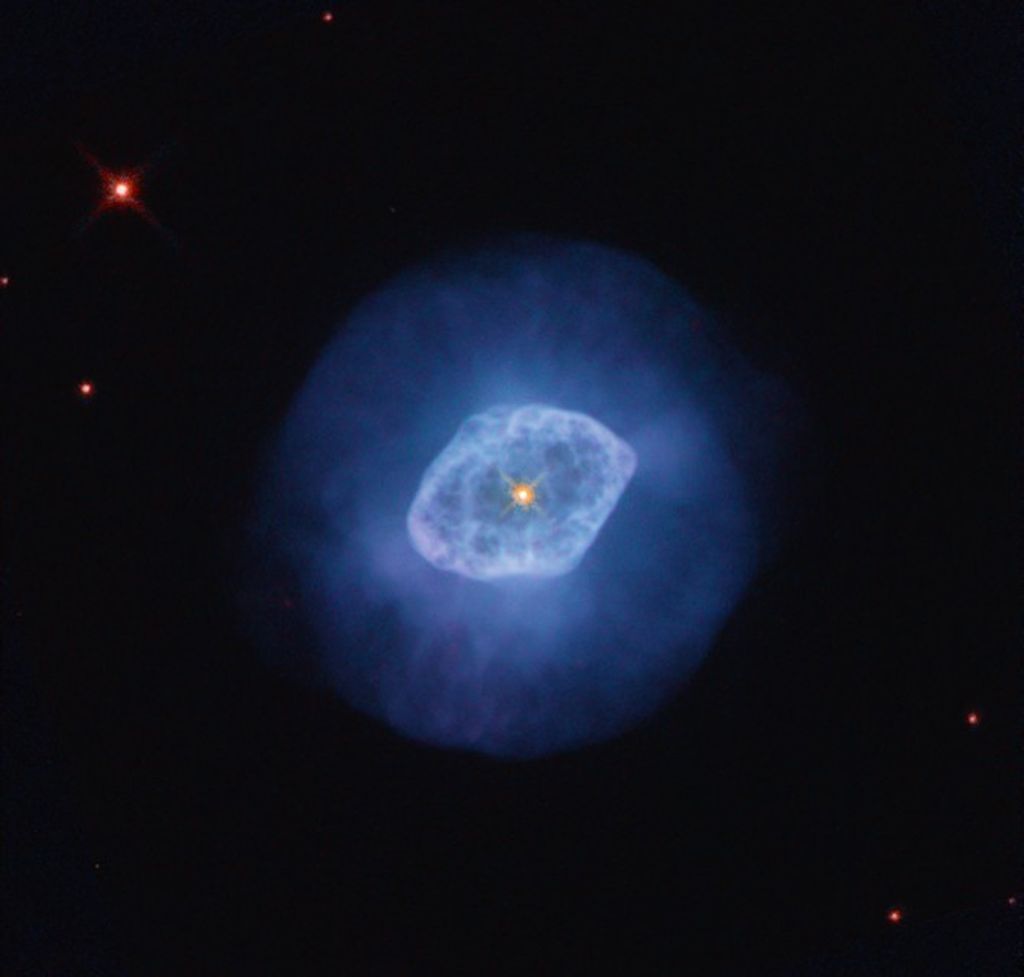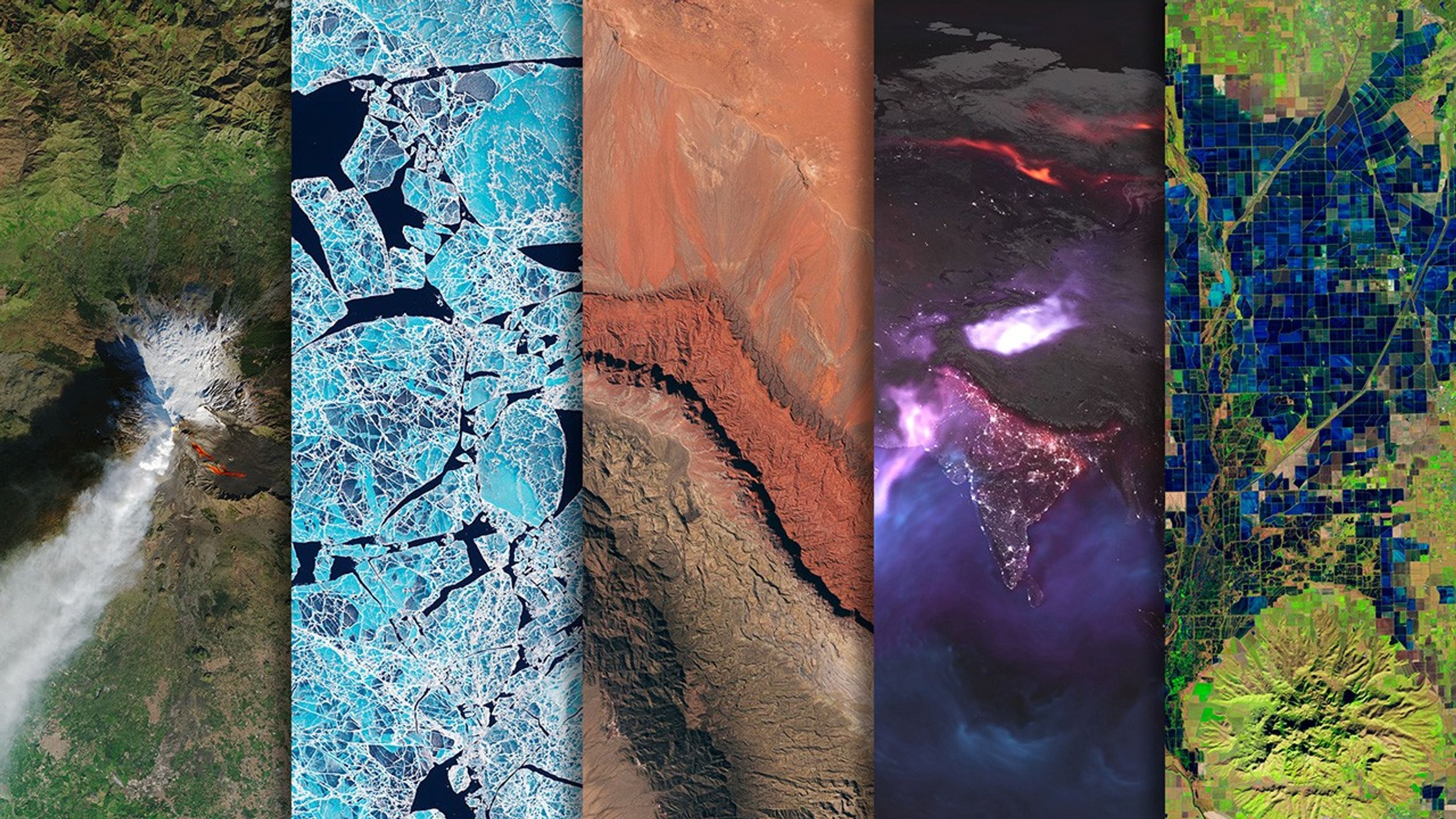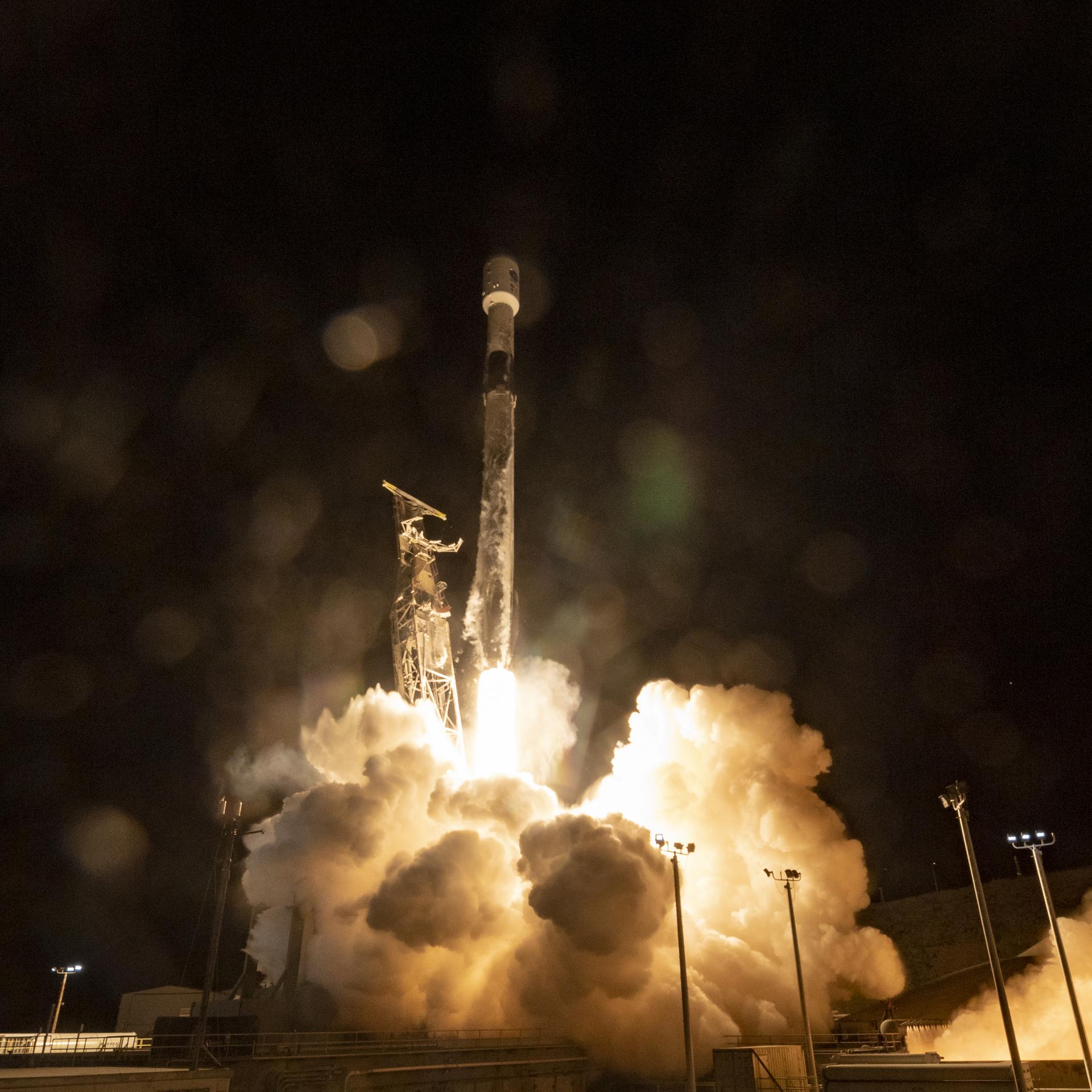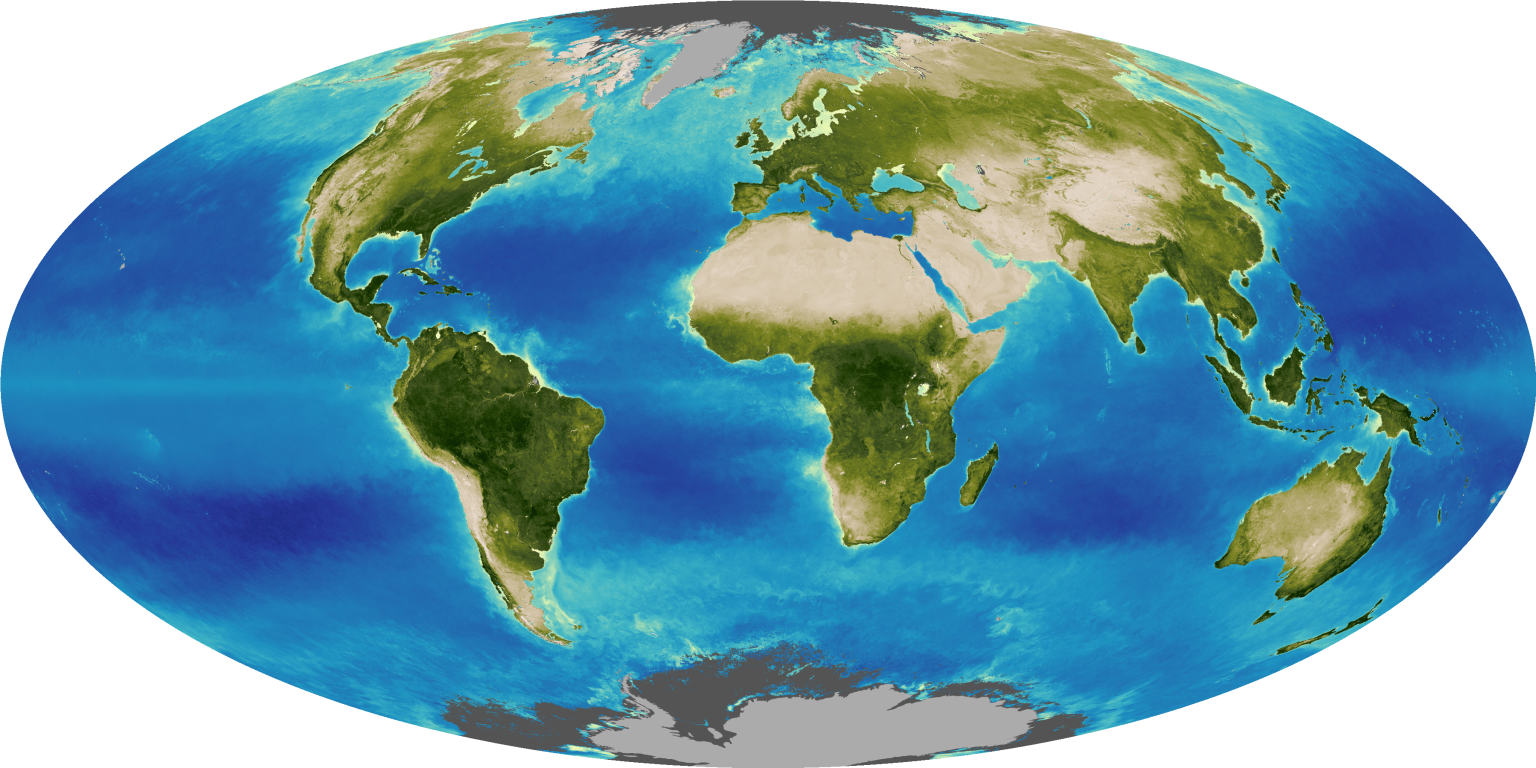World of Change: Ice Loss in Glacier National Park
- World of Change: Padma River
- World of Change: Sprawling Shanghai
- World of Change: Snowpack in the Sierra Nevada
- World of Change: Development of Orlando, Florida
- World of Change: Growing Deltas in Atchafalaya Bay
- World of Change: Coastline Change
- World of Change: Managing Fire in Etosha National Park
- World of Change: Green Seasons of Maine
- World of Change: Columbia Glacier, Alaska
- World of Change: Athabasca Oil Sands
- World of Change: Seasons of the Indus River
- World of Change: Global Temperatures
- World of Change: Seasons of Lake Tahoe
- World of Change: Devastation and Recovery at Mt. St. Helens
- World of Change: Collapse of the Larsen-B Ice Shelf
- World of Change: Mountaintop Mining, West Virginia
- World of Change: Yellow River Delta
- World of Change: Drought Cycles in Australia
- World of Change: El Niño, La Niña, and Rainfall
- World of Change: Severe Storms
- World of Change: Burn Recovery in Yellowstone
- World of Change: Global Biosphere
- World of Change: Antarctic Ozone Hole
- World of Change: Amazon Deforestation
- World of Change: Antarctic Sea Ice
- World of Change: Shrinking Aral Sea
- World of Change: Arctic Sea Ice
- World of Change: Water Level in Lake Powell
- World of Change: Mesopotamia Marshes
- World of Change: Solar Activity
- World of Change: Urbanization of Dubai








Search for information on Montana’s Glacier National Park, and you will likely come across the date 2030. That’s the year by which this park will purportedly be glacier-free.
Scientists arrived at the year 2030 through a simple geospatial model running on software from the 1990s. That model took into account the basic parameters, such as warmer summer temperatures and changes in snowfall. It did not account for more complicated factors such as “snow avalanching” and “snow scouring”—things that can keep a small glacier alive.
But despite its simplicity, the model painted an accurate, if broad, picture of the situation: the shrinking of the ice in Glacier National Park is real and happening fast. “People focus too much on the date, but the basic story is still true,” said Daniel Fagre, a research ecologist for the Northern Rocky Mountain Science Center of the U.S. Geological Survey (USGS). “These glaciers will be more or less gone in the next several decades.”
In 1850, there were about 150 documented glaciers in this area of the Rocky Mountains. Most were still there when the national park was established in 1910. Maps of the glaciers in 1968—surveyed by airplane by the USGS—counted 83 ice-and-snow bodies with areas greater than 0.1 square kilometers. Today the number of ice bodies is 25.
Photographs and ground-based surveys have played an important role in tracking the park’s glaciers. These are not behemoths like Jakobshavn Glacier in Greenland or Columbia Glacier in Alaska, so change here is not quite as obvious in satellite imagery. But the change is still apparent; so, too, is the sense of how the shrinking of the glaciers fits into broader ecosystem changes.
This series of false-color satellite images chronicles change in the park about every five years between 1984 and 2015. All of the images were acquired by instruments on Landsat satellites: the Thematic Mapper on Landsat 5, the Enhanced Thematic Mapper Plus on Landsat 7, and the Operational Land Imager on Landsat 8. Each image was acquired in late summer or early fall to reduce the amount of seasonal snow in the scenes. It is possible for some seasonal snow to persist into August, but most of the blue color in these images is “permanent” snow and ice.
The scenes show just a portion of the park’s full extent, which spans 4,100 square kilometers (1,583 square miles) in northwestern Montana. The area shown is the central portion of the park, extending from the Lake McDonald area (west) to the St. Mary area (east).
The southern portion of the image shows the Blackfoot-Jackson Glacier Basin, an area of the park that contains the largest concentration of glaciers. Even before this image series begins, glaciers in this area had decreased from 21.6 square kilometers (8.3 square miles) in area in 1850 to just 7.4 square kilometers (2.9 square miles) in 1979. The two glaciers once ran together, as this photograph from 1914 shows; by 2009, they had retreated into separate valleys.
The north end of the image shows Grinnell Glacier, possibly the most-studied piece of ice in the park. Warm summer temperatures are causing this glacier to lose about 2 to 3 acres per year, and sometimes as much as 10 acres. “On a glacier only 115 acres in size,” Fagre said, “that’s a huge loss.” The change here is slightly more noticeable because of the stark contrast with Upper Grinnell Lake, which has grown in the past few decades as the glacier has retreated. In addition to shrinking in area, Grinnell has rapidly thinned.
“All of a sudden, it’s as flat as a pancake compared to its previous bulk,” Fagre said. “The reduced mass from thinning makes this glacier particularly vulnerable. We can expect to see another big shrinkage in its footprint very soon, maybe by the end of this summer.”
Other phenomena have left their mark on the landscape. In 2006 you can see the burn scar from the Red Eagle fire, which burned 34,000 acres. In the 2015 image, burn scars are visible from the Thompson fire (bottom) and Reynolds Creek fire (top). As global and regional climate continues to warm, the frequency of fire in the park could increase.
For now, the clearest reflection of climate change is the ice. Year-to-year weather variations matter somewhat, but most of the loss is a response to decadal trends in warming. As we approach 2030, most of these glaciers will be “small insignificant lumps of ice on the landscape,” Fagre said. “These tiny remnants could last 10 to 15 years past that time if they are in sheltered places, but the park will no longer really have viable glaciers.”
References and Related Reading
- Flathead Beacon (2015, July 22) A History of Fire in Glacier Park. Accessed June 13, 2016.
- Hall, M.H.P and Fagre, D.B. (2003) Modeled Climate-Induced Glacier Change in Glacier National Park, 1850–2100. BioScience, 53 (2), 131–140.
- NASA Earth Observatory (2015, July 23) Fire and Burn Scar in Glacier National Park.
- NASA Earth Observatory (2004, June 22) Sizing Up the Earth’s Glaciers.
- NASA Earth Observatory (2003, July 29) Wildfires in Glacier National Park and Alberta.
- National Park Service (2016) Glacier National Park: Crown of the Continent. Accessed June 13, 2016.
- National Park Service (2016) Glacier National Park: Glaciers/Glacial Features. Accessed June 13, 2016.
- NBC News (2010, April 7) Glacier National Park loses two more. Accessed June 13, 2016.
- The New York Times (2014, November 22) Climate Change Threatens to Strip the Identity of Glacier National Park. Accessed June 13, 2016.
- Pederson, G.T. et al. (2006) Long-Duration Drought Variability and Impacts on Ecosystem Services: A Case Study from Glacier National Park, Montana. Earth Interactions, 10 (2006), 1–28.
- U.S. Geological Survey Retreat of Glaciers in Glacier National Park. Accessed June 13, 2016.
- U.S. Geological Survey Glaciers of North America: Glaciers of the Conterminous United States: Glaciers of the Western Unites States. Accessed June 13, 2016.









